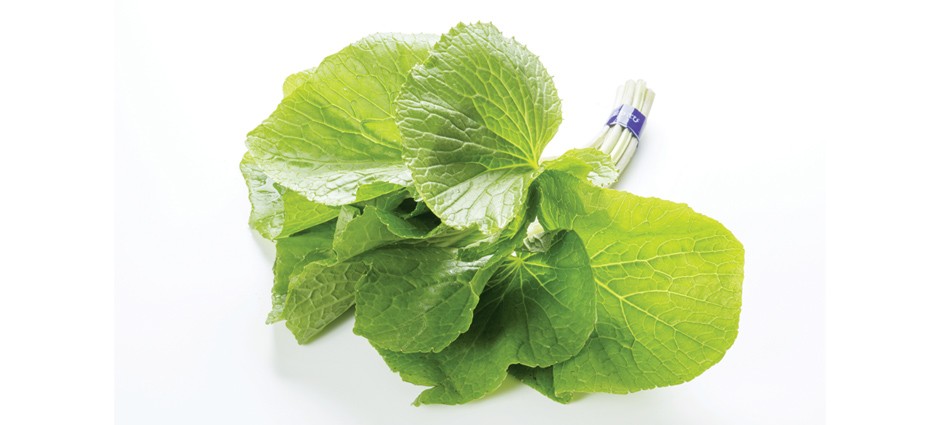What Is It?
Butterbur is a perennial, creeping plant found in Asia, Europe and North America, especially in marshy areas. Its roots, leaves and bulbs have been used medicinally for millennia, and its name derives from the traditional use of its large leaves to wrap and preserve butter in warm temperatures.
Use It For
This herb is most commonly taken to prevent migraines and reduce hay fever symptoms, without causing drowsiness.
The Science
Numerous studies—including one in the journal Neurology and another in the journal Headache—have shown butterbur to greatly reduce the occurrence of migraines in both children and adults, better than a placebo. A variety of research, such as a study published in Phytotherapy Research, has also demonstrated that butterbur subdues hay fever symptoms better than a placebo and as well as some common pharmaceuticals.
How To Take It
Most of the studies showing butterbur’s efficacy were conducted using extracts, but it’s also available in capsules, tablets and powders. The best results occurred with higher doses—75 mg twice daily with meals—versus doses of 50 mg twice daily.
Take Heed
Butterbur contains compounds called pyrrolizidine alkaloids (PAs), which can harm your liver, so choose only products certified PA-free, and keep in mind that no studies exist regarding long-term use. People allergic to ragweed and similar herbs may also react to butterbur. Do not use butterbur if you’re pregnant or nursing, or if you have liver damage.

